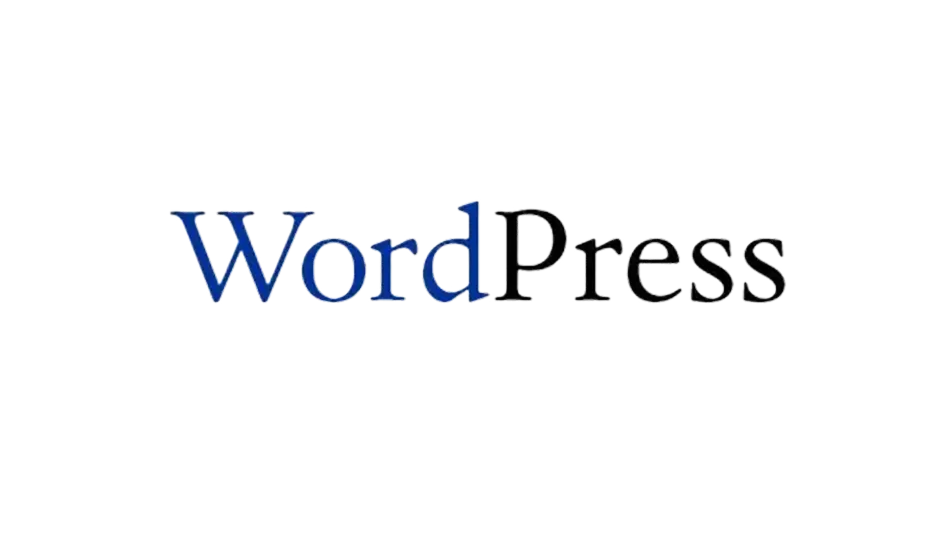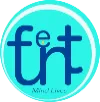What Makes WordPress a Leading CMS?

Team
The Evolution of WordPress

Plugins and themes have shaped WordPress from the start. The first plugin directory launched in 2005, with Akismet quickly becoming a core tool. Today, over 60,000 plugins expand its functionality. The first modern theme, Kubrick, also arrived in 2005, and WordPress has introduced a new default theme nearly every year since — making it easy to build fast, mobile‑friendly, and highly customizable websites.
The WordPress community grew into a global network, organizing hundreds of WordCamps every year. These events became a space for collaboration, learning, and sharing ideas — strengthening WordPress as an open‑source project built by its passionate community.

Features of a CMS:
-
Content Creation: Easily create, edit, and format text, images, and videos using a user-friendly WYSIWYG (What You See Is What You Get) editor.
-
Digital Asset Management: Store, organize, and manage digital assets such as images, documents, and videos in one central location.
-
Collaboration: Enable teamwork with customizable workflows and role-based permission levels for authors, editors, and administrators.
-
Content Delivery: Schedule, publish, and distribute content seamlessly across websites, social media platforms, and other digital channels.
-
Optimization: Analyze content performance using built-in analytics tools and make data-driven improvements.
-
Integration: Connect with marketing tools like CRMs, analytics platforms, and email automation services to streamline your workflow.

Why was Wordpress popular among?
One of the most widely used content management systems worldwide is WordPress. Approximately 43% of websites on the internet are powered by WordPress, according to wpbeginner.com.
Additionally, WordPress offers free open-source code that may be altered and applied to a variety of scenarios, including commercial ones. Over the years, WordPress's open-source nature has allowed users to expand and thrive. This web platform's ultimate objective was to continuously improve by creating ancillary applications and making changes to its core program.
What are the Alternatives to WordPress as a CMS?
- Drupal
- Joomla
- Squarespace
- Magento
| CMS | Best For | Strengths | Weaknesses |
|---|---|---|---|
| WordPress | All types of websites — blogs, business sites, online stores | User‑friendly, huge plugin/theme ecosystem, highly customizable, strong SEO tools | May require regular updates and maintenance |
| Drupal | Complex, enterprise‑level websites | Very flexible, robust user role management, highly secure | Steep learning curve, developer‑dependent |
| Joomla | Community websites, multilingual projects | Strong access controls, built‑in multilingual support | Less user‑friendly, smaller plugin and theme library |
| Squarespace | Portfolios, small businesses, creatives | Drag‑and‑drop editor, beautiful templates, all‑in‑one solution | Limited customization and plugin options |
| Magento | Large e‑commerce websites | Highly customizable, built for scalability, advanced e‑commerce features | Expensive and complex to set up, requires developer support |
Benefits of Using a CMS
-
No Coding Required: Enables non-technical users to create, edit, and manage websites and content without any programming knowledge.
-
Collaboration: Allows multiple team members to work together efficiently on creating, editing, and publishing content.
-
Streamlined Processes: Reduces reliance on developers and simplifies the updating and maintenance of site content.
-
Improved User Experience: Speeds up the publishing process and delivers a better experience for site visitors.
-
Multi-Channel Distribution: Makes it easy to publish and manage content across websites, mobile apps, social media, and other platforms.
Conclusion
At FUEiNT, we provide robust CMS solutions tailored to your business needs. Our team ensures seamless website management, making it easy to create, edit, and publish content. We focus on delivering flexible, secure, and user‑friendly platforms for every client. With our expertise, you can build a website that grows and evolves with your brand. Trust us to help you create a powerful online presence that delivers results.
